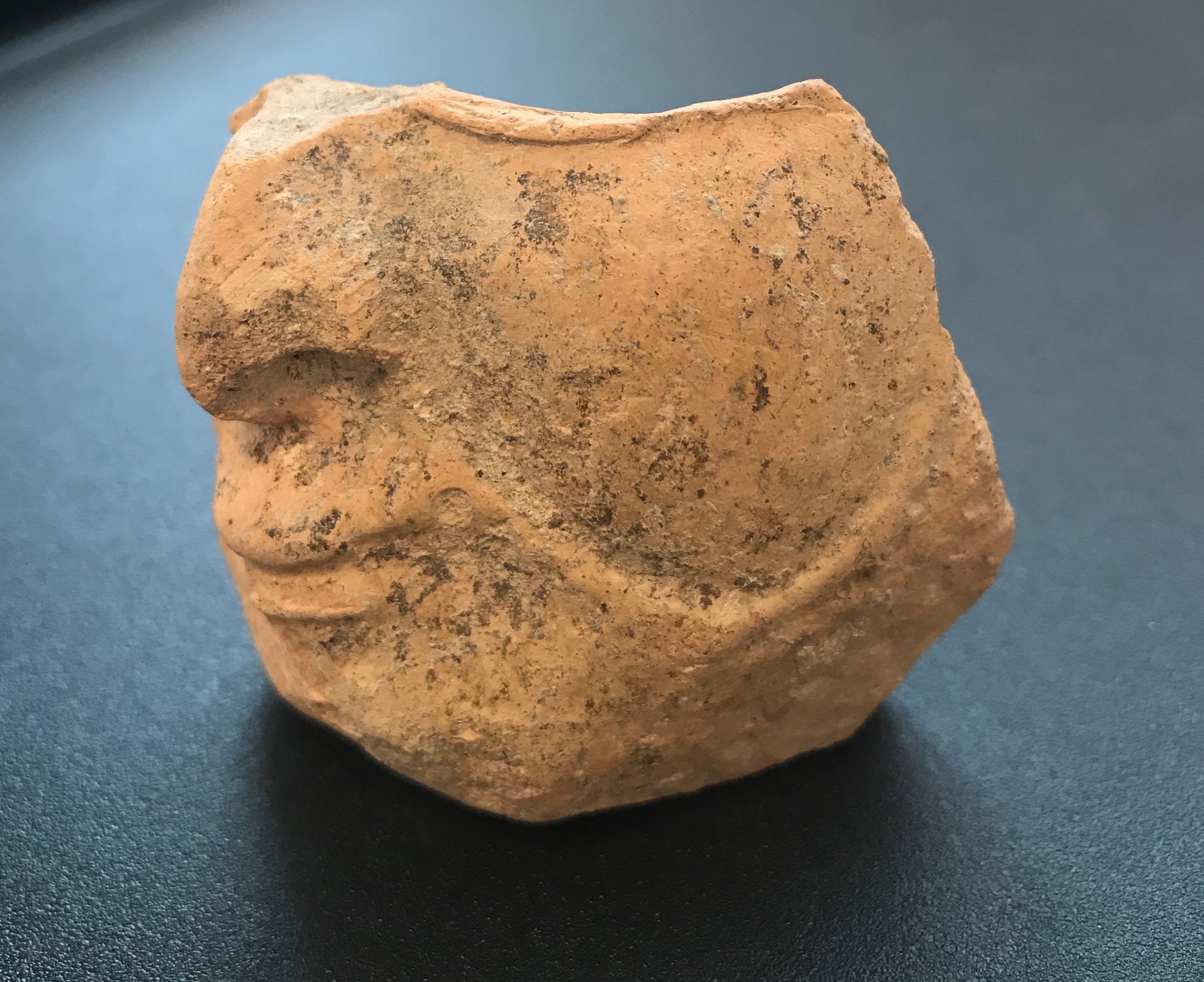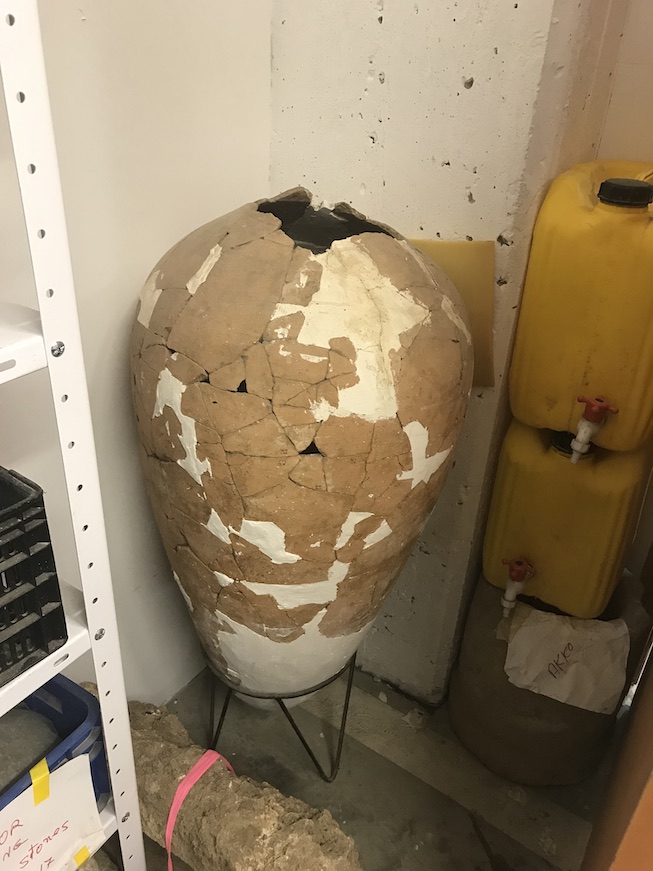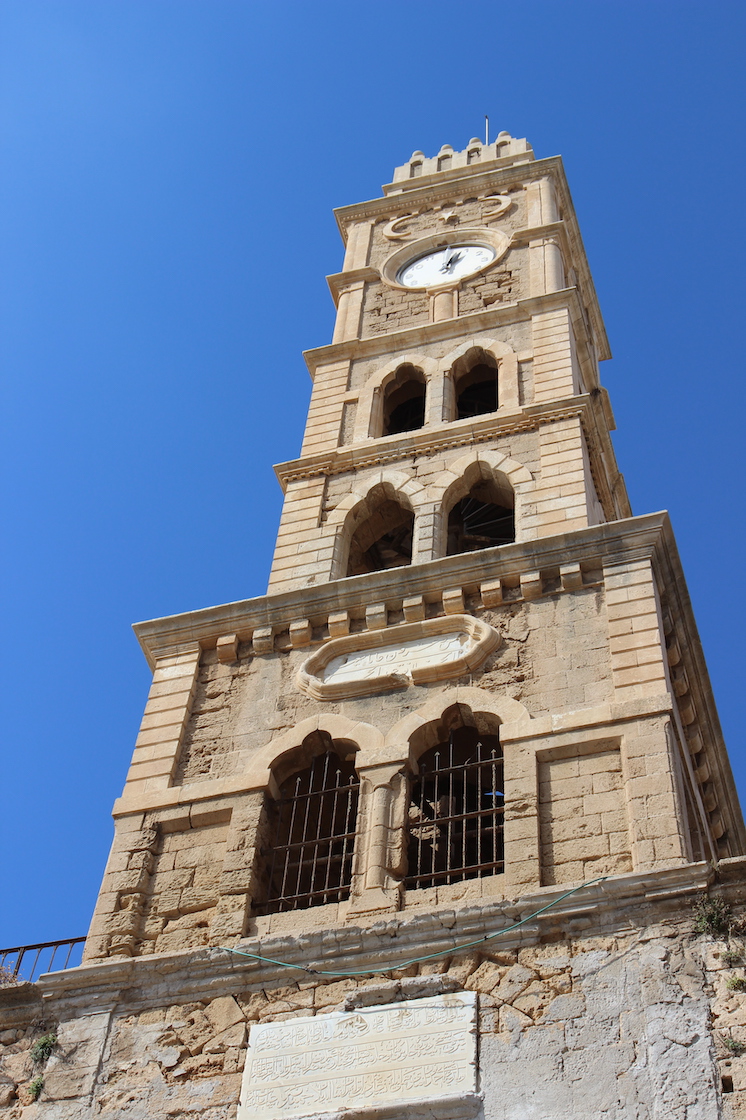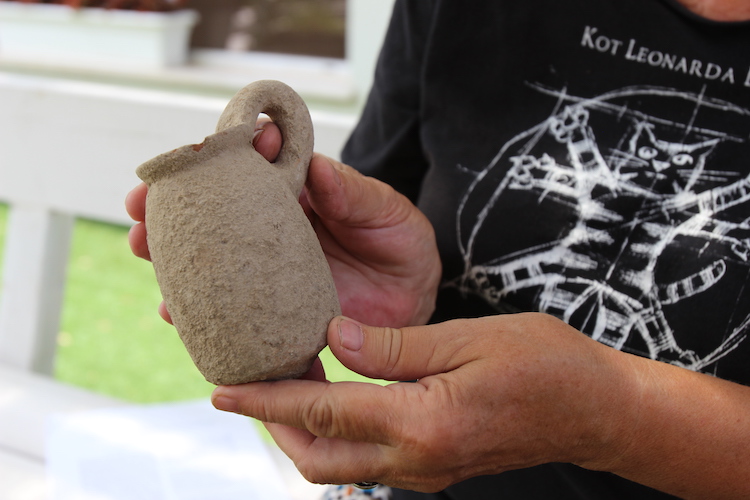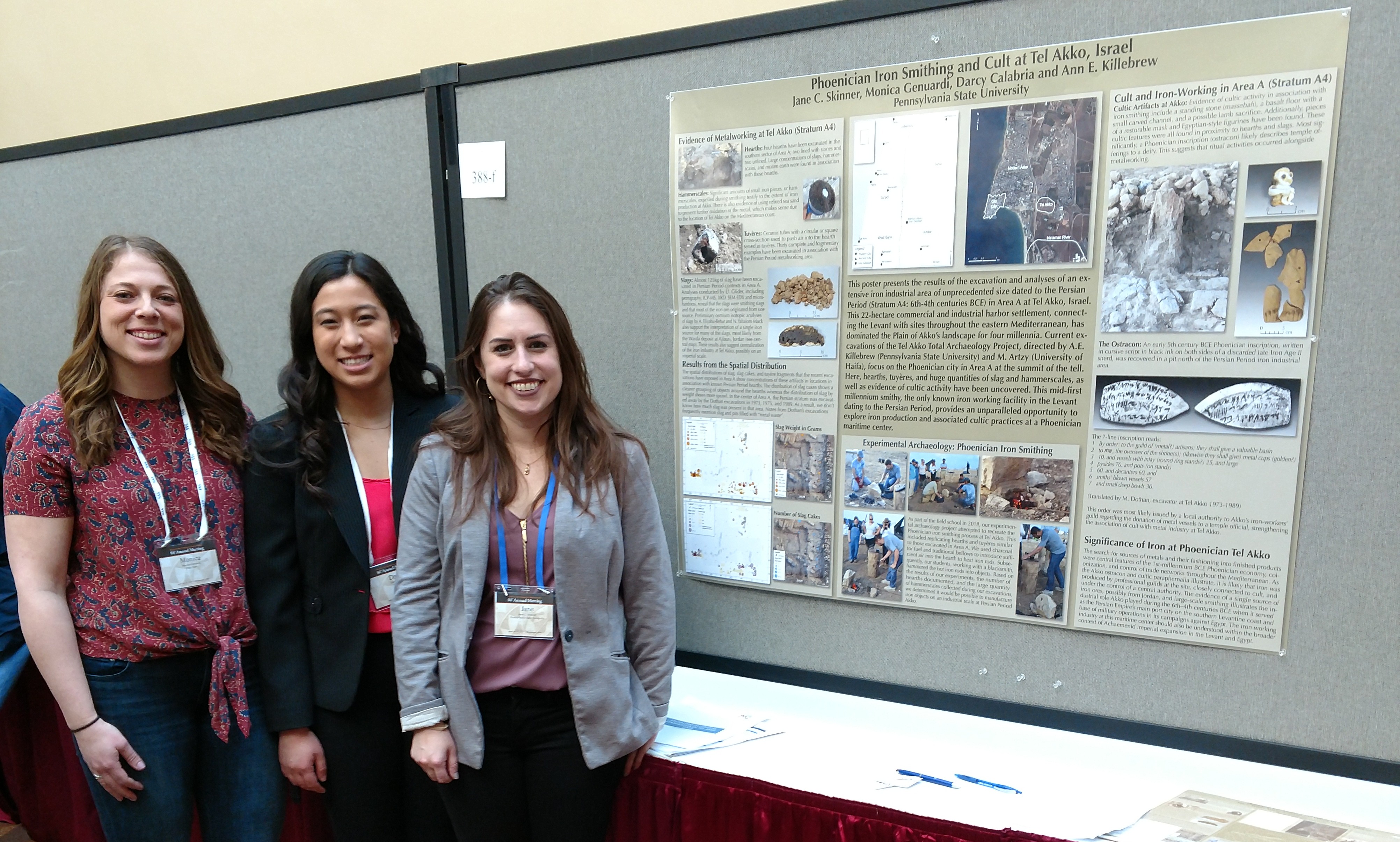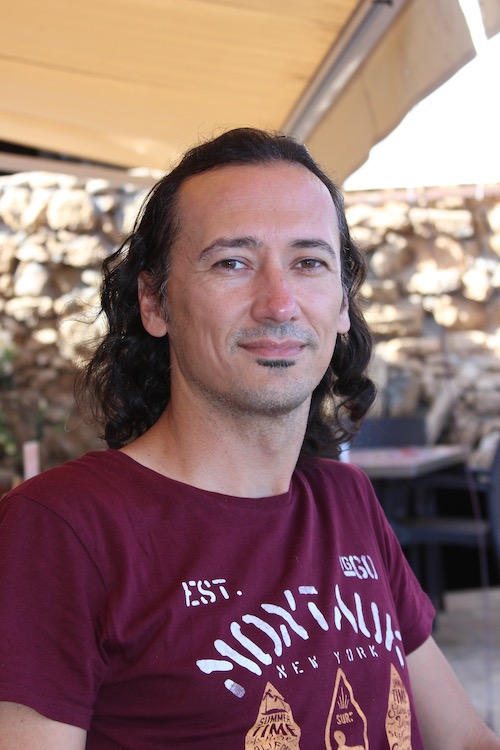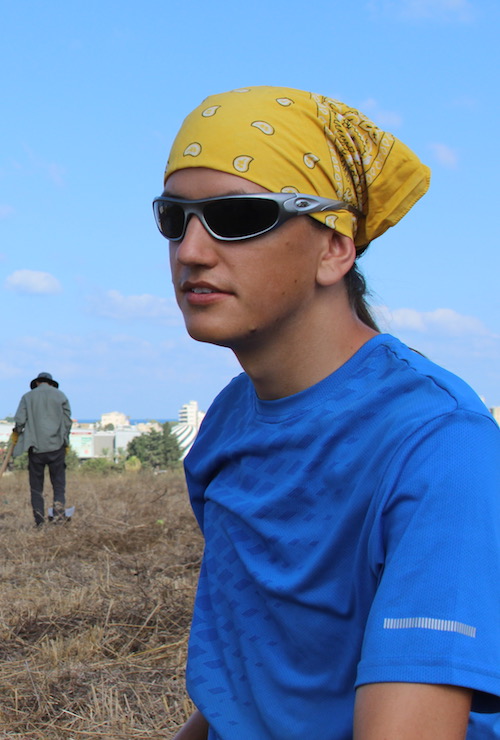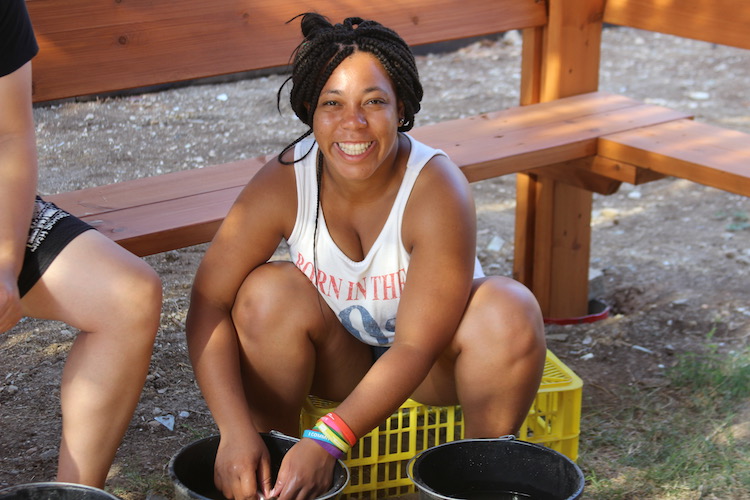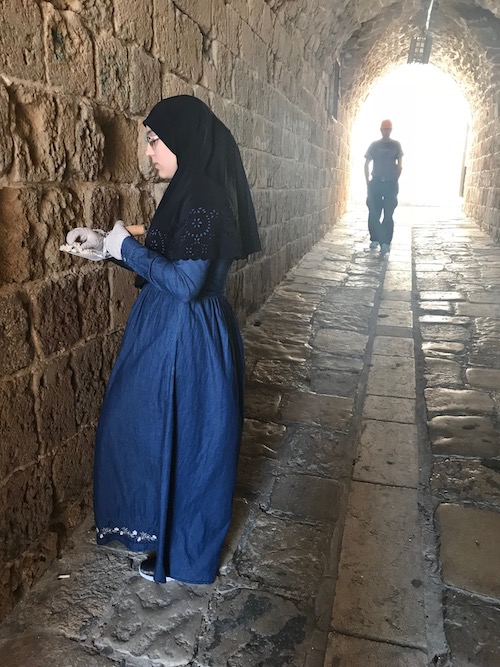Why do we wash so much pottery?
Why do we wash so much pottery?
This very good question was being discussed in the pottery washing area one day: why do we wash so much pottery when so much gets thrown away? Why can’t we throw it away on the tel without hauling it down to the Naval Academy to be scrubbed and catalogued? And then this little mask popped up in one of the buckets of dirty water.This tiny treasure would have been missed if it hadn’t been lovingly washed and examined.This is not the only find to come out of pottery washing, of course. Often pieces for restoration can be identified by the experts as belonging to a pot they are working on, and something that seems uninteresting to the untrained eye, can be picked up and treasured by someone else.
It is, perhaps, worth mentioning that while pottery washing seems time-consuming and tedious, it yields some very important items from time to time.
